Northern Lights Tours in Iceland
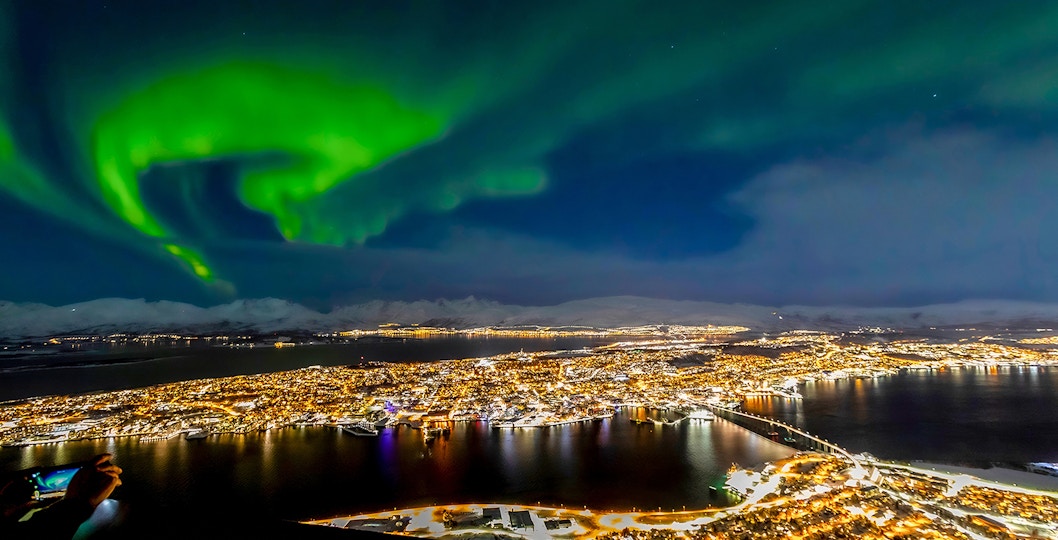
Best places to see the Northern Lights in Iceland
Types of Northern Lights tours in Iceland
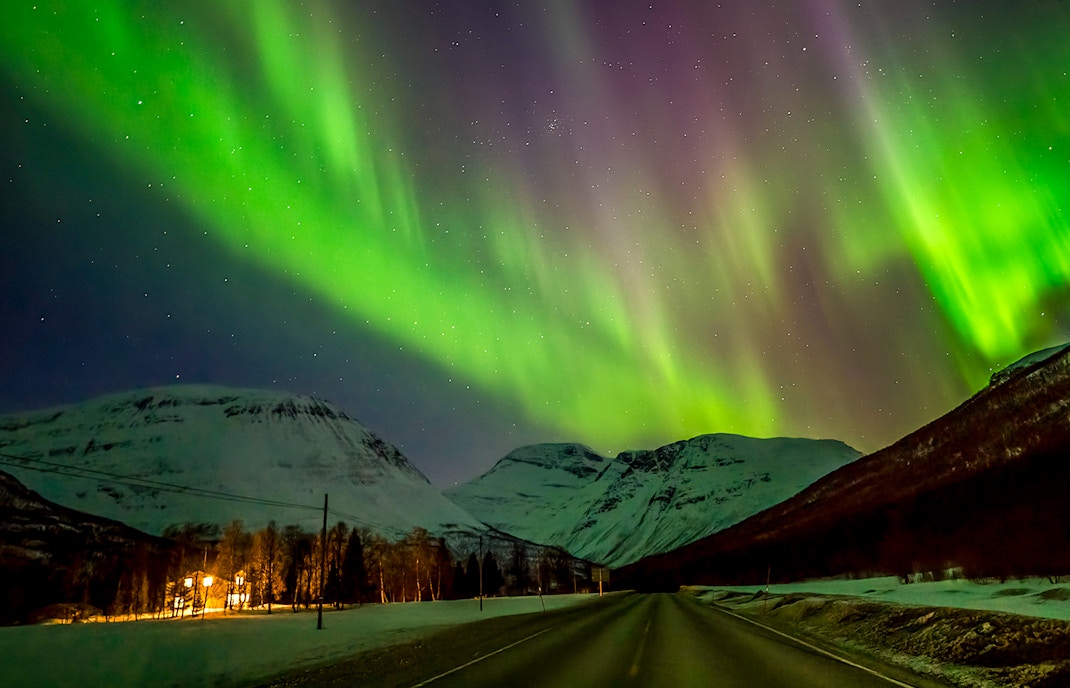
Bus/minivan tours
Northern Lights bus or minivan tours let you chase the lights to prime viewing areas, guided by experts who monitor Aurora forecasts. The guides share fascinating insights and local stories, enhancing the experience. These tours often include stops at scenic sites, providing a rich journey through Iceland's landscapes.
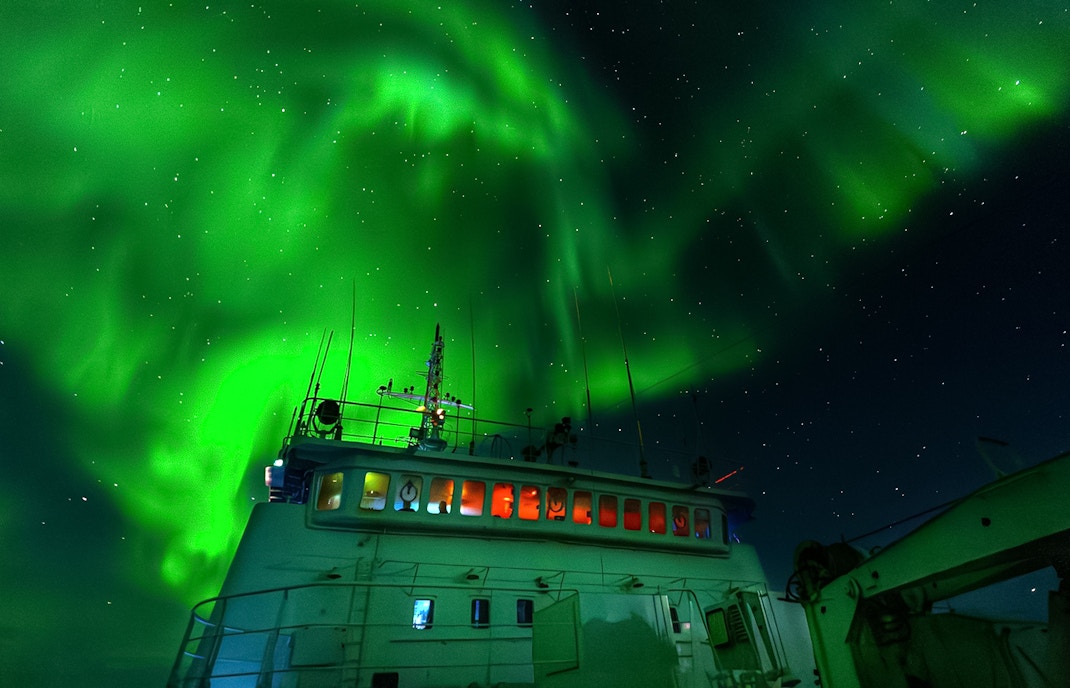
Cruise tours
Northern Lights cruises take you out into the bay for unobstructed views of the lights away from city lights. Plus, the reflection of the auroras on the ocean doubles the magic. Expert guides, cozy indoor areas, an outdoor deck, and warm drinks on board make these cruises a comfortable way to enjoy the lights.
Special Northern Lights experiences in Iceland
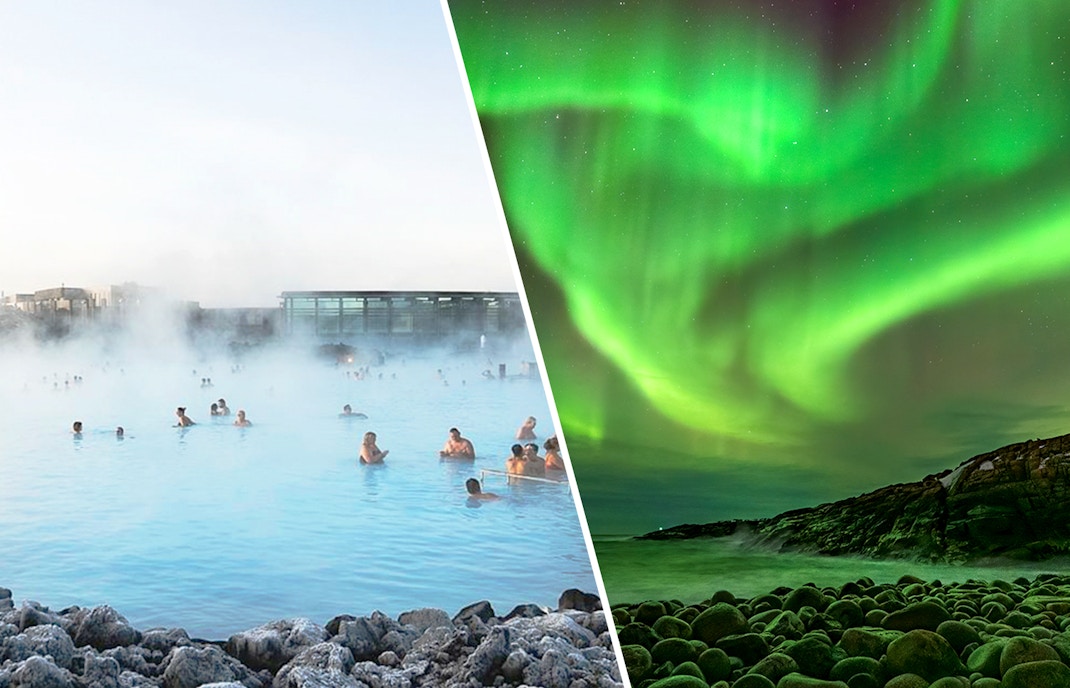
Northern Lights + Golden Circle + Blue Lagoon tour
This combination brings together some of Iceland's most popular attractions. Begin with the Golden Circle tour, which includes Thingvellir National Park, Geysir Geothermal Area, and Gullfoss Waterfall. Then unwind at the Blue Lagoon before ending your night with a Northern Lights chase.
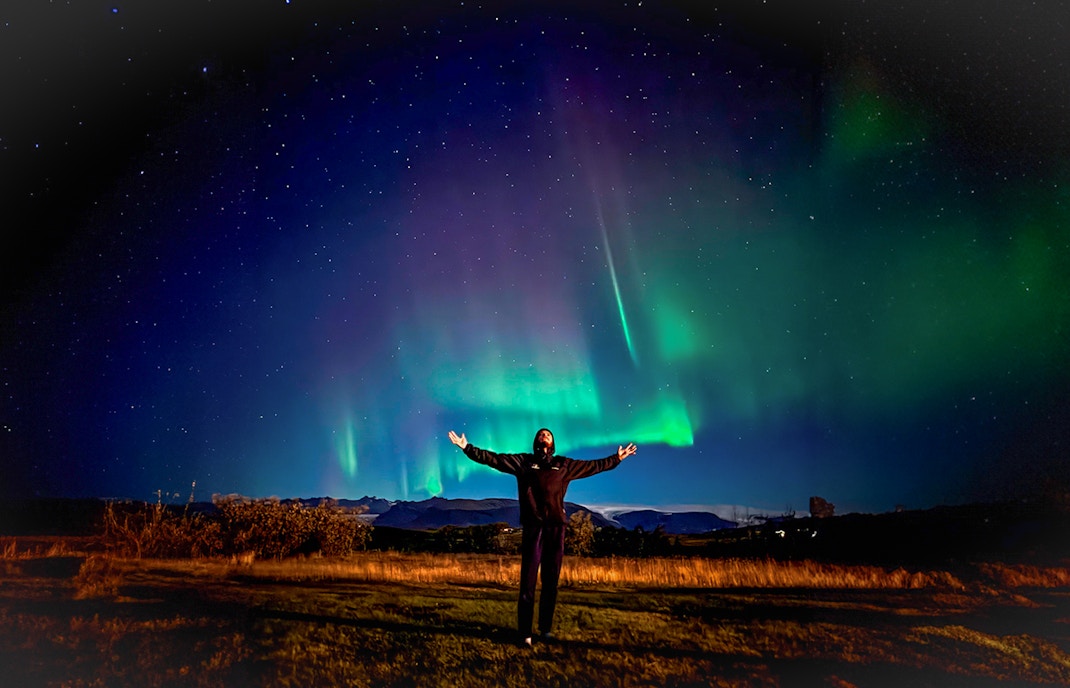
South Coast & Northern Lights tour
For those drawn to Iceland's rugged landscapes, this tour offers the best of both worlds. Start by exploring the South Coast's dramatic lava fields, black sand beaches, and glaciers, then end the day with a hunt for the Northern Lights. This is a fantastic way to experience Iceland's diverse scenery.
Frequently asked questions about Northern Lights tours in Iceland
No, Northern Lights tours are seasonal and typically operate from September to mid-April, as these months provide the dark skies necessary for viewing the auroras. Summer's extended daylight hours make aurora sightings impossible.
Cruises offer open ocean views away from city lights, creating a unique reflection of the auroras on the water. Bus tours provide flexibility to chase the lights across different land locations, including scenic stops.
Yes, many Northern Lights tours can be combined with other experiences like the Golden Circle, Blue Lagoon, or South Coast excursions. These combo tours let you explore more of Iceland's beauty along with the Northern Lights.
Most tours travel about 30–60 minutes outside Reykjavik, but some may venture further if the aurora forecast suggests better conditions. Guides adjust the distance to find the best spots, ensuring a good experience.
While Iceland's latitude makes it one of the best locations, sightings aren't guaranteed since they depend on solar activity and weather. Generally, clear nights in winter improve your chances, but booking multiple nights increases the likelihood.
Yes, especially if you combine your tour with daytime activities. During winter, you may also see Iceland's ice caves, frozen waterfalls, or volcanic landscapes, making it easy to explore multiple natural wonders in one trip.
Guides monitor Aurora forecasts and cloud cover to determine the best nights. You can also check apps like the Icelandic Met Office's Aurora forecast for real-time updates, but trust your guide's expertise.





